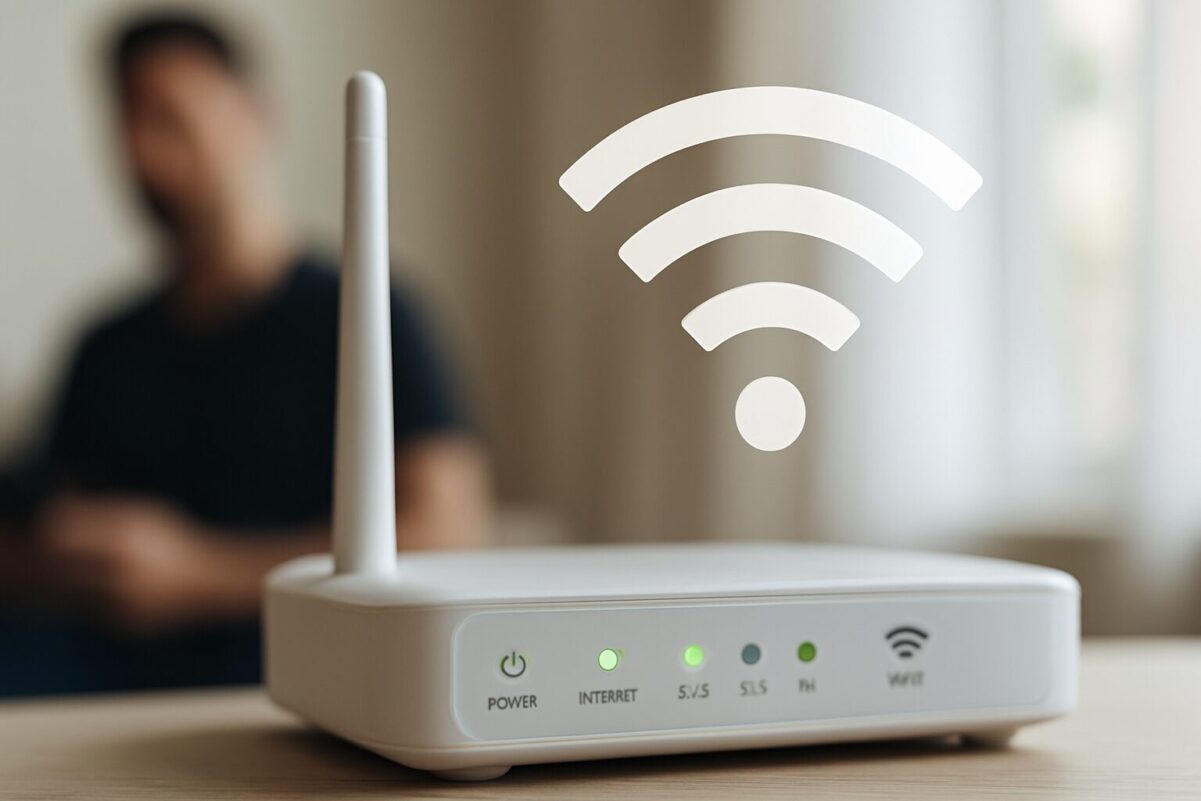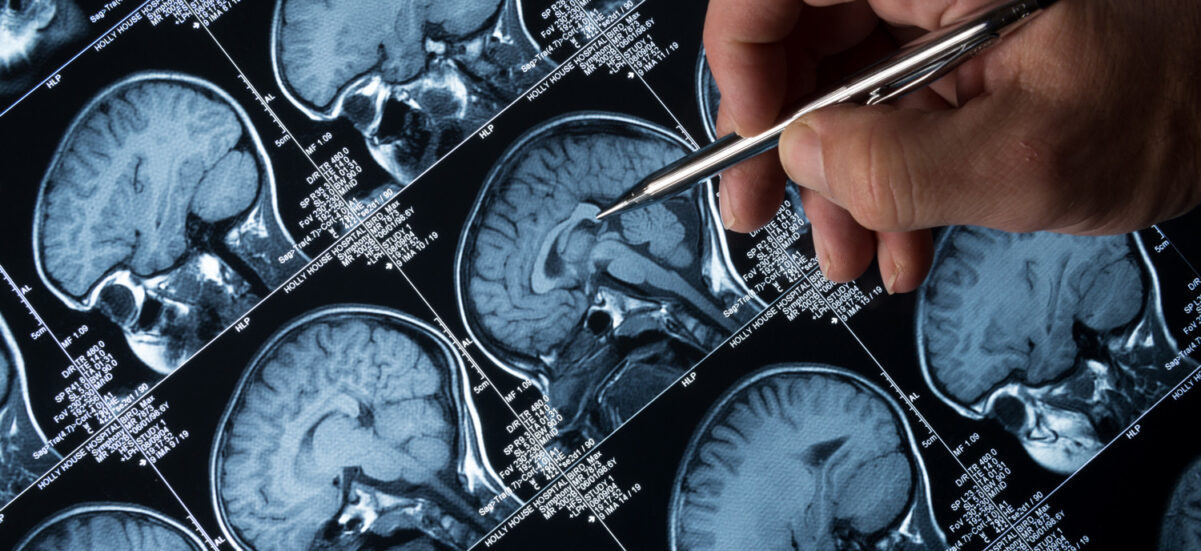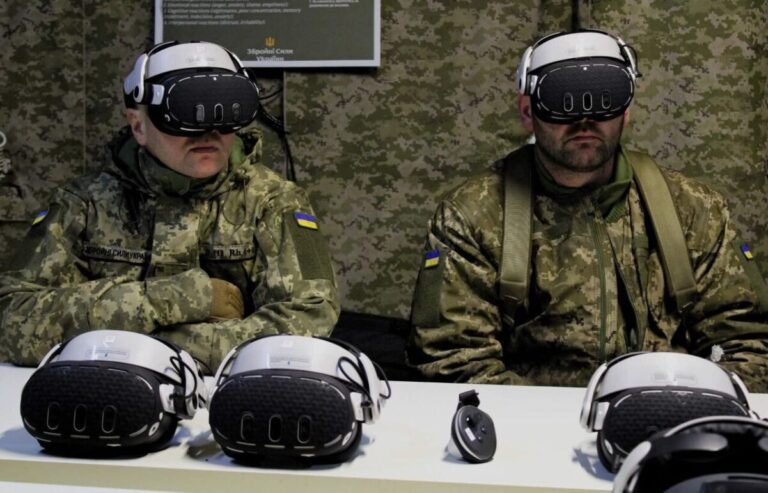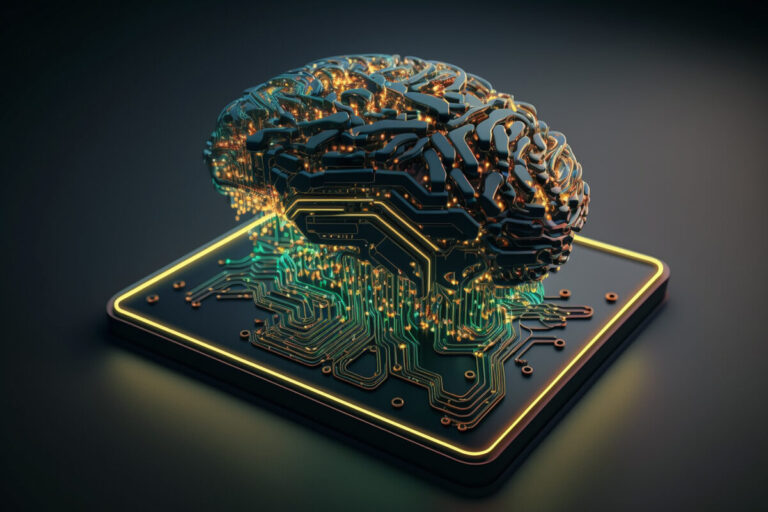
WhoFi: How Wi-Fi Technology Can Recognize People Without Cameras Breakthrough or Threat?
In the summer of 2025, Italian researchers from La Sapienza University of Rome introduced a technology that immediately sparked intense debate among scientists, IT professionals, and security experts. It’s called WhoFi a system that can identify a person simply by their “trace” in the Wi‑Fi signal. No cameras, phones, or wearables are needed just routers and a special algorithm.
This technology is so accurate that, according to the authors themselves, WhoFi achieves 95.5% identification accuracy, several times higher than previous Wi‑Fi-based solutions like EyeFi (75%).
How WhoFi Works in Plain Language
1. What Happens in a Room with Wi‑Fi
Imagine you’re in a room with a Wi‑Fi router. Even if you aren’t using the internet, the router is constantly “flooding” the space with radio waves passing through everything: air, furniture, and even your body.
Every person affects the Wi‑Fi signal in their own way: your body reflects, scatters, and weakens radio waves. It’s similar to how a shadow or echo changes depending on the person.
2. Collecting the “Digital Fingerprint”
Wi‑Fi equipment collects what’s called channel state information (CSI). This is a set of data that records how the amplitude and phase of the Wi‑Fi signal change as it travels through the space. Even if there are several people in the room, or they are wearing different clothes, their “trace” in the Wi‑Fi zone is always unique.
3. Artificial Intelligence Analyzes These “Traces”
WhoFi isn’t just a sensor or a router. The real magic happens in a transformer-based neural network. It’s trained on huge volumes of CSI data: initially, each person “leaves” their traces in the Wi‑Fi space under different conditions standing, sitting, moving, even in the dark or behind a wall.
The neural network learns to distinguish the tiniest differences between these patterns and remembers which digital fingerprint belongs to whom.
4. Real-Time Recognition
When someone enters the room (or even just walks by), the Wi‑Fi signal changes instantly. The WhoFi system immediately collects this new data, runs it through the neural network and identifies who is nearby. This happens without the person’s active participation.
The technology doesn’t require light or direct visibility. Unlike cameras, which are “blind” in the dark or behind obstacles, the Wi‑Fi signal can even pass through walls.
Explanations from Researchers
Danilo Avola, Professor at La Sapienza:
“We taught the neural network to notice the tiniest fluctuations in the Wi‑Fi signal caused by a person’s presence and movement. It’s like seeing a shadow, but not with your eyes through radio waves.”
Daniele Pannone, co-author:
“When someone is in a Wi‑Fi zone, they always leave an invisible but unique ‘trace’. It can be recorded and recognized even without any camera or phone.”
What It Looks Like “Inside”
- Imagine you are a big rocky island and Wi‑Fi is the sea’s waves.
When you stand in the path of the waves, they crash into you, changing their direction and shape. - Even if you don’t move, the Wi‑Fi waves wrap around you in a special way.
Another island (another person) will have its own unique “prints”. - The WhoFi device records these “wave prints” when you walk by.
All the prints are stored in a special computer, like fingerprints. - When a familiar island (person) enters the room, the system compares the new waves with those saved and says, “It’s him, I recognize him!”
Pros, Cons, and Ethical Questions
- WhoFi doesn’t need any wristbands, phones, or permission just Wi‑Fi in the room.
- The system works in the dark, through walls, and can identify several people at once.
- This approach gives an illusion of privacy, since no video or audio is recorded,
but the risks of surveillance are much higher than in classic systems.
Researchers warn:
“We want to draw attention to the need for limits and control over the use of such technologies, because they can violate privacy rights on a global scale.”
WhoFi is not just a new tool for recognizing people. It’s a fundamentally different level of control and surveillance. A technology that “sees” where ordinary cameras are powerless, and is capable of changing our understanding of security, privacy, and personal freedom in the digital age.
If there’s Wi‑Fi in the room, remember: you are leaving “prints” even if you never agreed to leave them.














